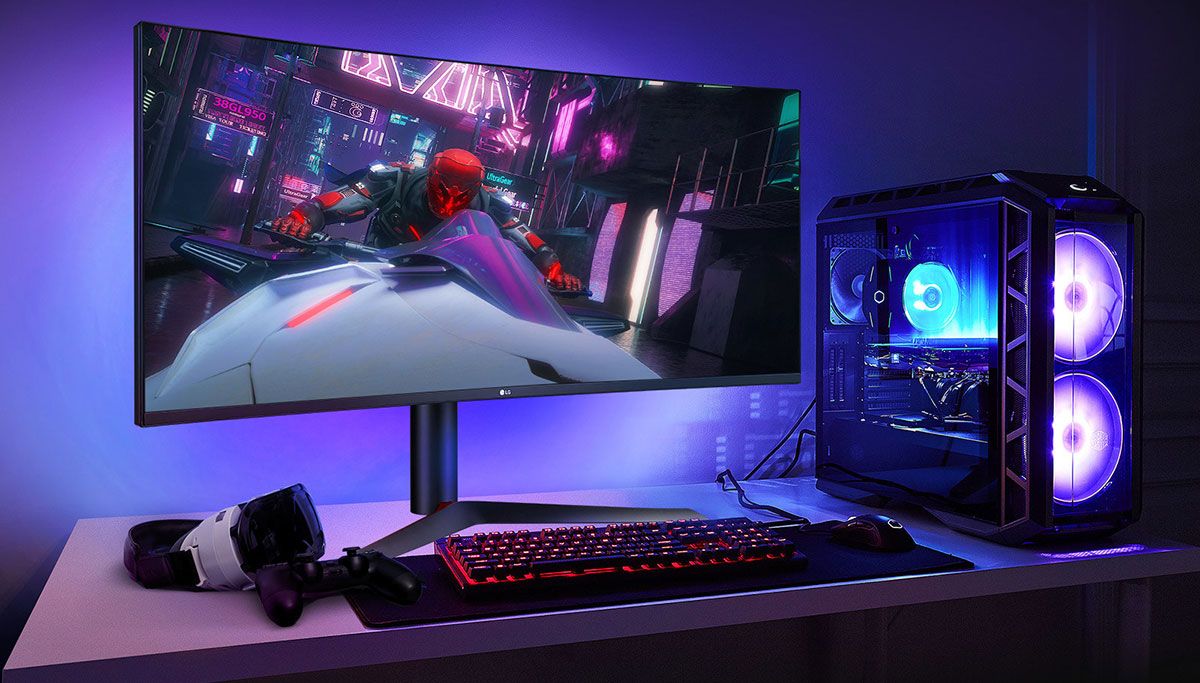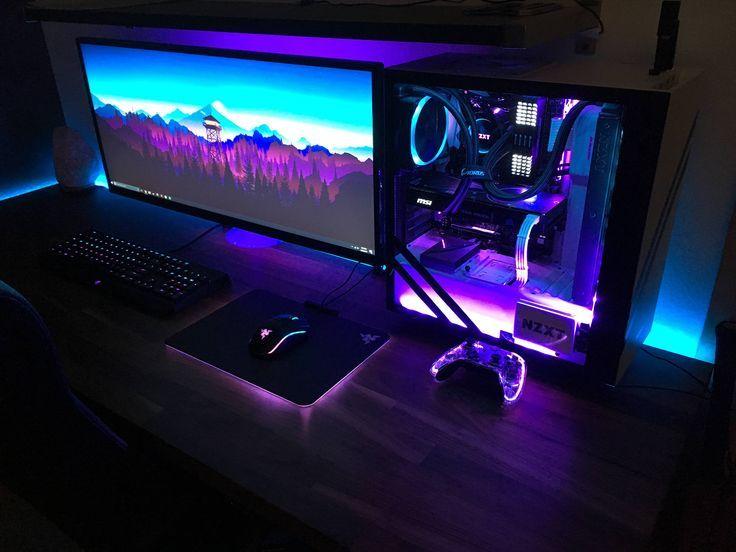If there’s one component I hate, it’s optimization. Computers do not truly recognize what they’re optimizing. And that creates problems for the whole lot, from bicycles to nuclear fusion. The system is going something like this: you have a mathematical model of a bicycle. You want your bike to carry out higher. However, there are so many matters that may be modified so that you can’t consider locating the high-quality configuration in your personal. So you write a script. The script will vary the configuration of the bicycle and compare whether its miles progressed. After many iterations, you have the best bike, proper?
No, you do not. What you did not imagine became that the laptop could put off the seat. Or that it’s placed, for no apparent reason, a third wheel between the (now removed) saddle and handlebars. Even worse, the silly gadget has were given the chain passing via a bit of solid metallic.

The hassle you have just discovered is that it is hard to encode what “nice” and “higher” suggest for all instances. When confronted with a problem like this—and plenty of incomprehensible motorbike components—my cussed side comes out. Surely, I can programmatically encode an all-encompassing definition of “nice” and “higher,” proper? One threatened divorce later; I give up the pursuit until the next optimization, trouble sucks me in.
READ MORE :
- Top 5 search engine optimization Tips For WordPress
- APITA Extends Collaboration with Oracle Academy in Computer Science Education
- Google shows how smooth it’s miles for software to eliminate watermarks from pictures.
- Break Out of Beauty Hibernation With These Spring Polish Shades
- Government developing tech to test cell statistics leak of officers
While my example is a bit overwrought, the hassle may be very actual. Many kinds of optimization involve ways too many alternatives for someone to a song the layout; however,y they haven’t any accurate definition of improvement that allows a computer to do it for you. This becomes the trouble facing scientists at Tri Alpha Energy and Google after they desired to optimize their alternative fusion device.
I’ll talk about the fusion bit later, but, in fashionable, what you want to achieve in a fusion device is a plasma this is hot, solid, and has a selected density. If the plasma is too bloodless, it may not be lively enough to allow fusion. If the density is just too low, fusion can be inefficient. And, if the plasma is risky, it’ll get away confinement, probably sending large currents via the vessel partitions.
Let people determine
That may also sound simpl; however,r judging the plasma’s pleasant has a subjective detail to it. For example, if the temperature drops just a tiny bit, the balance is a whole lot progressed. Is that higher, worse, or about identical? Humans make these choices instinctively, whilst computers get burdened.
In the case of Tri Alpha’s fusion setup, although, matters move alternatively slowly. Each run takes about 8 mins to set up parameters at the side of a couple of minutes. So, given the plasma generated during the previous run and the plasma of the present run, humans have almost 10 minutes to decide that’s better. Of route, for a human operator, that is, in reality, not sufficient time to determine, generate new parameters, and input the new running parameters into the machine.
This stimulated researchers to adopt what’s known as the “optometrist’s algorithm.” The idea is that, after every shot, a human pushes considered one of 3 buttons: things have become better, matters have become worse, and matters are approximately the same (they are large buttons, in view that they need to hold all the textual content).
In anticipation, the computer builds a decision tree and prepares 3 one of a kind units of machine parameters. After a run of the reactor, the pc grabs all the sensor information and offers the plasma operator visualization. A short selection and one button push later, and the laptop dumps a new set of device parameters into the control computer systems for the following shot.
This set-up sounds amazing, however, there are nonetheless too many manipulate parameters that may be played with for any affordable optimization. Imagine a machine with some thousand-strange analog settings that may be adjusted—that gives you some idea of the size of the assignment. However, the researchers found out that not all settings are unbiased; settings may be grouped, so that optimization might be performed using 15-30 meta-parameters.
Even with that shortcut, optimization would nevertheless be too slow. The time among pictures is just too short for even a laptop to calculate the parameters it needs for the subsequent shot. Instead, the laptop clearly needs to be calculating a few six to seven pictures beforehand. To accomplish this, the algorithm has a choice tree that holds or is in the procedure of calculating settings an hour beforehand of the experimental timetable.
The researchers confirmed that this became a pretty efficient optimization method. They advanced plasma temperatures from around 400eV to above 600eV. But, more importantly, the plasma stays warmer for a great deal longer, increasing from approximately 1.8ms to well over 3ms (the measurements cut off at 3ms). The impact of this is to increase the internet heating from a few hundred kilowatts to some 4MW.
So, a nice result. But what exactly are the researchers optimizing?
Ctrl-Alt-Fusion
I currently offered the stellarator and mentioned fusion significantly there. The stellarator and the tokamak are the handiest two designs that survived from many concepts explored in the 1950s and ’60s. There had been true motives some designs ended up on the discard pile: experiments failed (repeatedly), and calculations did now not give any reason for optimism.
Some of these standards are being reinvigorated now. Calculations that had been unattainable inside the ’60s are actually getting used to recheck vintage consequences. And modern engineering allows for greater bendy experimental designs and a higher view of what the plasma is doing.

Tri Alpha Energy is on this recreation with what is known as a colliding beam fusion reactor. As its name shows, the basic premise is to boost up beams of particles at each different. Fusion will occur for a few teeny-tiny fractions of the collisions (and simplest, a tiny portion of the particles collide). At its most simple, that is an inefficient design.
The twist on the concept that raises the hopes of replacing a number of the ones “tiny” with “larger”—is that, with the proper set of magnetic fields, the collision among the 2 plasmas generates a kind of smoke-ring of plasma. The ring of plasma then has adequate possibility to collide and fuse if it’s far not sufficient. The restricted plasma is heated by injecting greater hot particles, optimistically achieving temperatures to allow fusion.
In the 2nd difference between stellarators and tokamaks, Tri Alpha Energy is fending off hydrogen-hydrogen fusion (or, greater precisely, deuterium-tritium fusion). Instead, they’re trying to fuse hydrogen with boron. This creates a volatile carbon atom plus a few fantastically lively radiation. Heat and power are generated via soaking up the radiation. The advantage of this reaction is that there are no neutrons; this means that the plasma does not irradiate the wall vessels, creating low-degree, quick-lived radioactive elements.
Except, it’s no longer quite real. The carbon atom decays to a few alpha debris (a helium nucleus). One of the alpha debris can then fuse with boron to make nitrogen and launch, yes, a neutron. So, sure, fewer neutrons, but, in all likelihood, no longer no neutrons.
That said, Tri Alpha Energy’s concept reactor is a perfect piece of engineering. The organization’s experimental paintings are clearly high-quality. And its researchers worked tough to develop doable designs that solution among the deficiencies inside the unique idea. I hope to see and hear extra from within the close to destiny.











